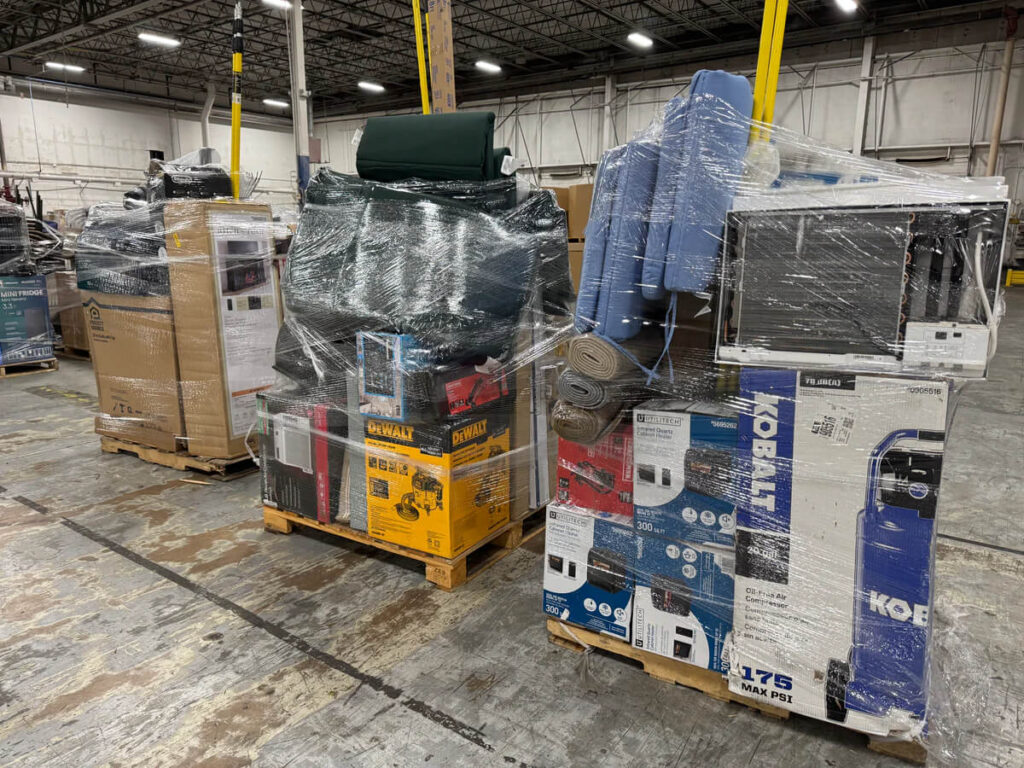Unlocking Opportunities: How Liquidation Pallets Can Benefit Small Businesses

As a small business owner, you’re constantly on the lookout for ways to stay competitive, reduce costs, and increase profits. One often-overlooked strategy is leveraging liquidation pallets to fuel your business growth. In this article, we’ll explore the benefits of liquidation pallets for small businesses and provide guidance on how to get started.
What are Liquidation Pallets?

Liquidation pallets are batches of merchandise that have been discounted or cleared out by larger retailers, manufacturers, or wholesalers. These pallets can contain a wide range of products, from electronics and furniture to clothing and home goods. Liquidation pallets offer a unique opportunity for small businesses to acquire high-quality products at significantly reduced prices.
Benefits of Liquidation Pallets for Small Businesses
1. Reduced Cost : Liquidation pallets allow small businesses to purchase products at a fraction of the original price. This reduced cost structure can help you maintain profitability and stay competitive in the market.
2. Increased Profit Margins: By buying products at discounted rates, you can sell them at a higher profit margin, boosting your bottom line.
3. Diversified Product Offerings: Liquidation pallets often contain a mix of products, enabling you to diversify your product offerings and attract a broader customer base.
4. Flexibility and Scalability: Liquidation pallets can be purchased in various quantities, allowing you to scale your business up or down as needed.
5. Opportunity to Clear Out Old Inventory: Liquidation pallets can help you clear out old or slow-moving inventory, making room for new products and reducing waste.
How to Get Started with Liquidation Pallets
1. Research Reputable Suppliers: Look for licensed and reputable liquidation companies that offer high-quality products.
2. Understand the Products and Pricing: Carefully review the products and pricing included in the liquidation pallet to ensure they align with your business needs.
3. Inspect the Products: Before purchasing, inspect the products to ensure they meet your quality standards.
4. Develop a Sales Strategy: Create a sales plan to effectively market and sell the products from the liquidation pallet.
5. Monitor and Adjust: Continuously monitor your sales and profits, making adjustments as needed to optimize your liquidation pallet strategy.
Conclusion
Liquidation pallets offer a compelling opportunity for small businesses to reduce costs, increase profit margins, and diversify their product offerings. By understanding the benefits and challenges of liquidation pallets, small businesses can unlock new revenue streams and stay competitive in today’s fast-paced market. Whether you’re a seasoned entrepreneur or just starting out, consider exploring liquidation pallets as a strategic way to fuel your business growth.
